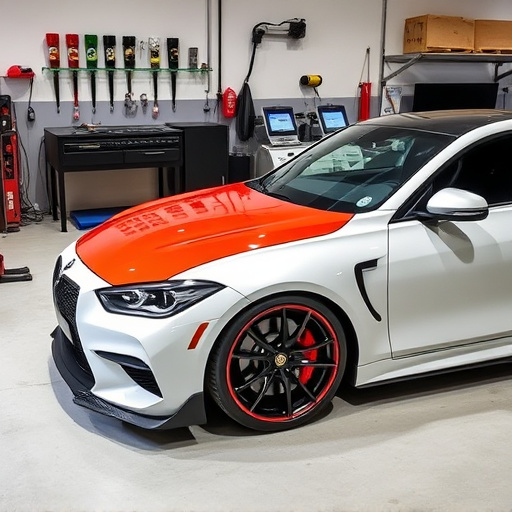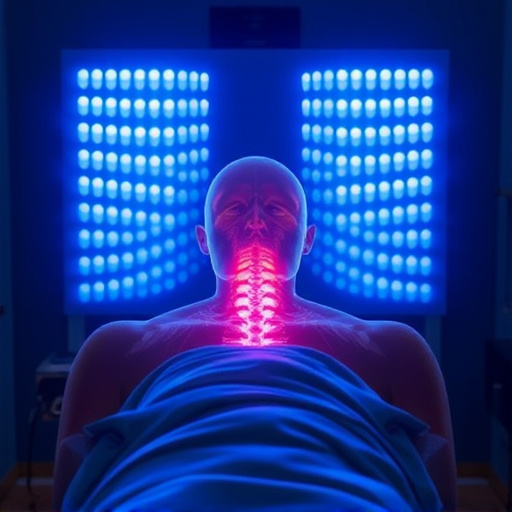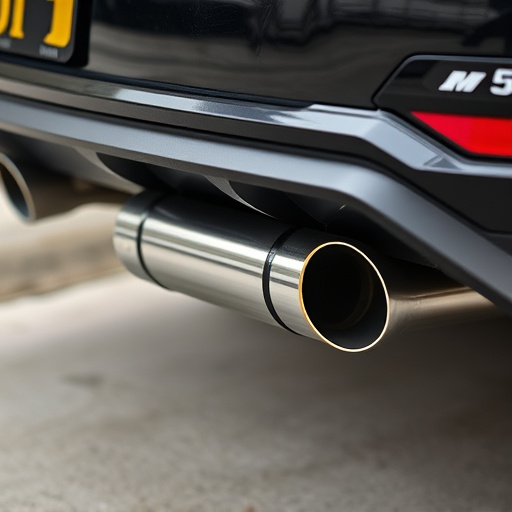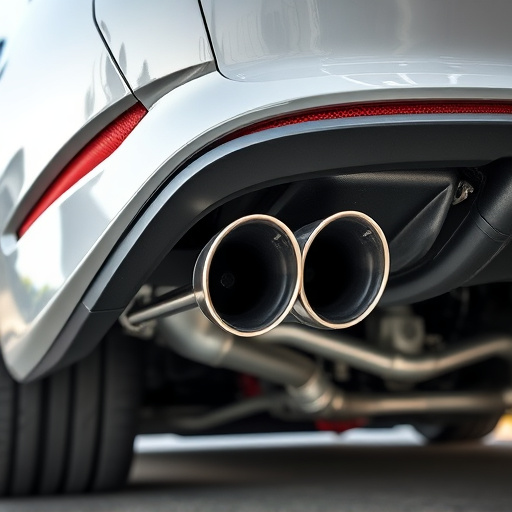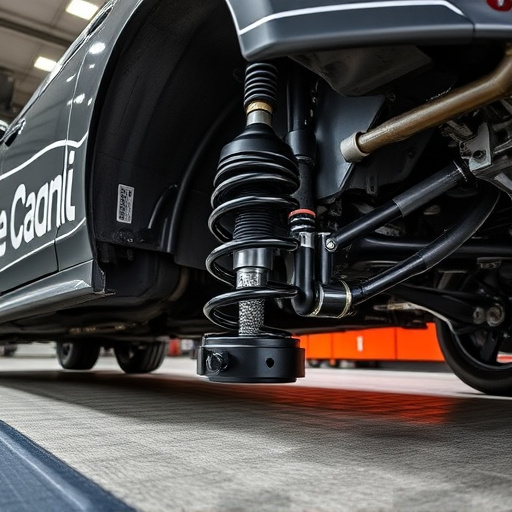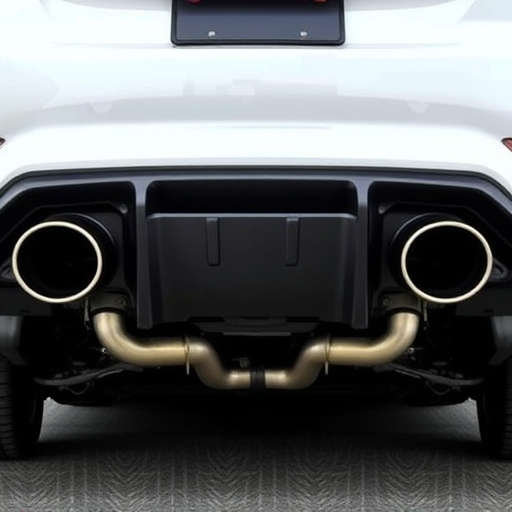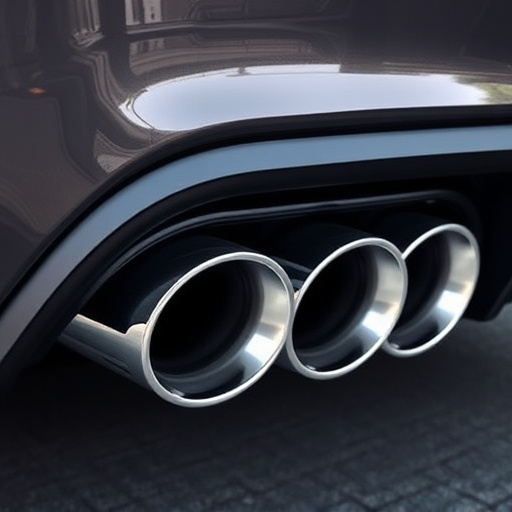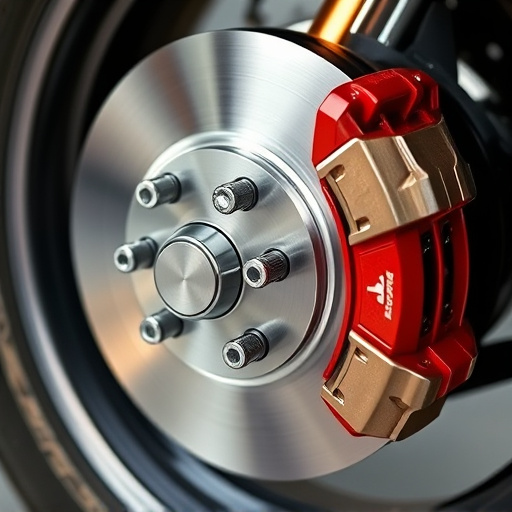Boost controllers are vital for turbocharged vehicles, managing boost pressure for optimal engine performance and efficiency. They're essential in complex turbo setups, ensuring smooth power delivery and synchronization. Key components include sensors, ECU, and actuators, allowing precise control based on driving conditions. When combined with high-flow air filters, performance exhausts, cat-back systems, and brakes, boost controllers enhance drivability, fuel efficiency, and overall engine breathability.
“Unleash the full potential of your turbocharged vehicle with a Boost Controller—a game-changer in automotive performance tuning. This comprehensive guide explores the intricacies of these advanced systems, catering to both sequential and compound turbo setups. From understanding their core functionality to optimizing performance, we delve into the key components and strategies that ensure precise boost management. Discover how the right boost controller can transform your engine’s response, offering a smoother, more powerful driving experience.”
- Understanding Boost Controllers for Turbo Systems
- Key Components and Functionality of Boost Controllers
- Optimizing Performance: Strategies for Effective Boost Control
Understanding Boost Controllers for Turbo Systems

Boost controllers are a crucial component for vehicle performance, especially when equipped with turbo systems. These controllers play a vital role in managing and optimizing the boost pressure delivered to the engine, ensuring peak efficiency and power output. In simple terms, they act as the brain of the turbocharger, controlling its behavior based on various inputs like engine speed, load, and temperature. This precise control is essential for achieving both high performance exhaust and cold air intakes, resulting in an overall enhanced vehicle performance.
For sequential and compound turbo systems, boost controllers are even more critical as they navigate complex configurations. Sequential systems, with their staged turbos, require careful management of boost buildup to avoid turbo spool issues, while compound setups demand precise synchronization between multiple turbos for optimal power delivery. Understanding these dynamics is key to unlocking the true potential of a turbocharged vehicle, making boost controllers an indispensable element in the quest for superior performance.
Key Components and Functionality of Boost Controllers

A boost controller is a pivotal component in both sequential and compound turbo systems, meticulously regulating the pressure delivered to the turbocharger for optimal vehicle performance. This advanced device acts as the brain of the turbocharging setup, ensuring precise control over boost levels based on engine speed and load conditions. Its primary function is to modulate the amount of compressed air entering the turbo, thereby managing power output and maintaining efficient engine operation across a wide range of RPMs.
Key components of a boost controller include sensors that monitor various parameters like manifold pressure and temperature, an electronic control unit (ECU) for data processing, and actuators responsible for adjusting air supply. When integrated with high-quality air filter kits, these controllers enhance engine breathing, allowing for increased airflow and improving vehicle performance. Additionally, they can be synchronized with performance exhaust systems to optimize turbo response and overall drivability.
Optimizing Performance: Strategies for Effective Boost Control
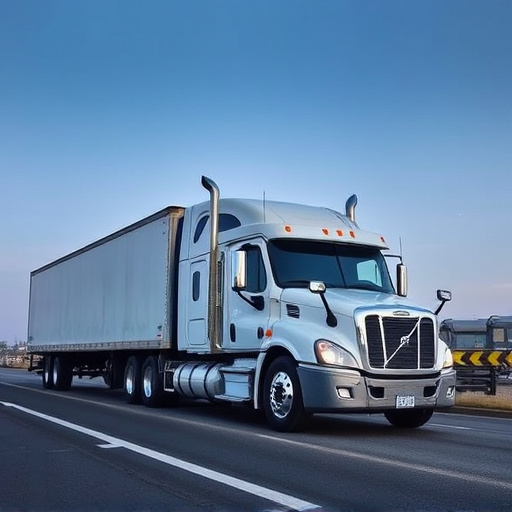
Optimizing performance in vehicles equipped with sequential or compound turbo systems requires a strategic approach to boost control. A boost controller is an essential tool that enables precise management of turbocharged engines, ensuring optimal power delivery and efficiency. By fine-tuning the boost pressure, these controllers allow for enhanced torque output, improved throttle response, and better overall engine performance.
One effective strategy involves adjusting boost levels based on driving conditions, such as velocity, engine RPM, and load. This dynamic control can maximize fuel efficiency at cruising speeds while delivering instant power during acceleration. Additionally, integrating a high-performance cat back exhaust system and top-tier exhaust mufflers can further enhance engine breathability, resulting in more efficient boost generation. For enthusiasts seeking the ultimate driving experience, combining these optimizations with performance brakes can provide superior control and handling, completing the package for an exhilarating drive.
A boost controller is an indispensable tool for maximizing the performance of both sequential and compound turbo systems. By understanding its key components, functionality, and implementing effective optimization strategies, car enthusiasts can harness the full potential of their turbocharged engines. This ensures not just enhanced power output but also improved fuel efficiency and overall driving experience, making the boost controller a game-changer in the world of automotive performance tuning.
